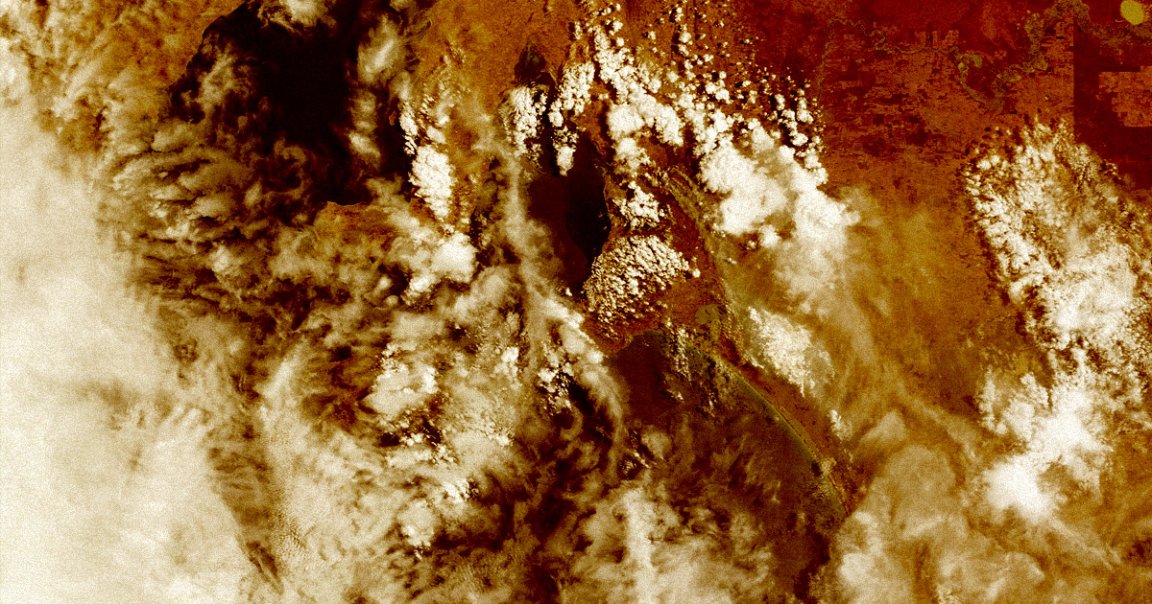
Double Trouble
Between March 2018 and March 2019, Australia pumped 540 million tons of greenhouse gases into the atmosphere from human-made sources, such as transportation and electricity.
But the wildfires raging in the nation have already released an estimated 900 million tons of carbon dioxide into the atmosphere — and by the end of the wildfire season, that number could top out at a billion tons, Rob Jackson, a professor of Earth system science at Stanford University, told NBC News.
That would mean emissions from the fires alone could be double, or even triple, Australia’s fossil fuel emissions this year.
More to Come
Australia has been battling the wildfires since September, but given that the season typically doesn’t peak until January or February, the worst could still be ahead of the nation.
That makes it hard to predict the season’s total emissions, but Jackson doesn’t think a billion tons is a stretch.
“We have seen years with extremely high carbon dioxide emissions,” he told NBC. “It’s certainly not normal, but these numbers are not at all impossible.”
New Normal
A billion tons of emissions might not be impossible this wildfire season, but even more troubling is the possibility that it could become the norm in the future.
“Is this an exceptional season, or is this where we’re heading in Australia, the western U.S. and some other places?” Jackson asked. “If these runaway fires become more normal, we’re in for a very different world.”
READ MORE: Australia wildfires unleash millions of tons of carbon dioxide [NBC News]
More on the wildfires: Research: Climate Change Is Indeed Making Wildfires Worse